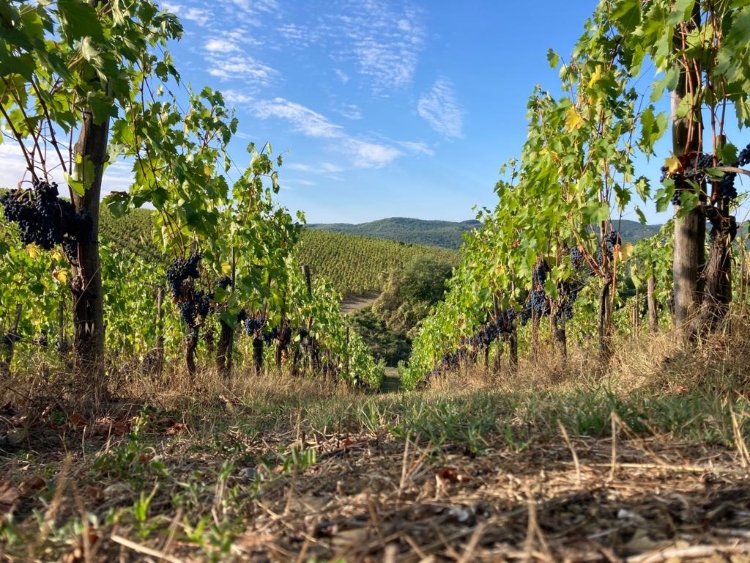
How many times while passing by a vineyard, during a walk in the countryside, we asked ourselves whether there were different types of cultivation of vines and of course whether these different approaches had an important impact on the vineyards it self.
The answer is yes to both questions.
The one of cultivation styles is an extremely complex and variegated way but we tried to summarize and simplify it for you.
Having said that, make yourselves comfortable, pour yourselves a glass of wine and let’s learn together something more about the world of viticulture.
First of all let’s try to define what we mean when we talk about viticulture.
When we talk about vine breeding type we are talking about the approach chosen for the cultivation of vine and the management of the row.
There is also a very important clarification to be made – we have to make a distinction between vine breeding with a guardian and those without.
With regard to the types of farming without a stake, we are talking about bush training. (Imagine a small bonsai).
As for the types of farming with brace we can (and must) make a further distinction.
There are in fact two “sub-categories” of approach-
Vine training with live and inert braces.
Live stakes – we are talking about trees
Inert braces – in this case we are talking about all forms of farming used in modern viticulture.
The most common types of farming. As we said we find the alberello where the vine has free vegetation and pruning is short.
Then we find the pergola. The support structure of the vine is placed transversally. There is no permanent cordon. In the case of the Veronese pergola the fruiting heads are placed in a horizontal position. Mixed pruning.
While in the case of pruning Trentina we find a development that can be transverse (so on one side of the row) or double. In this case the fruiting heads are in an ascending position.
Another typology which it is important to analyze is the Bellussera, in which the brace is provided with arms which can be defined as ascending. Permanent cords develop on them. The fruiting heads are in a descending position, the pruning is also here definable as mixed. Vegetation is partly mixed and partly obliged.
In the “tendone” cultivation we find the support structure placed both in a transversal way and along the row. We do not have a permanent cordon and fruit heads will develop in a horizontal way. We find mixed pruning also in this case.
Last but not least, we have the espalier type. In this case we have a support structure placed horizontally and Lugo the row. Depending on the pruning system, it will have different names – spurred cordon, Guyot etc.
We hope we have clarified your doubts about the different types of cultivation in the vineyard, for other contents related to the world of viticulture and enology remember not to miss the new blog posts which will be published every week.






Leave a Reply